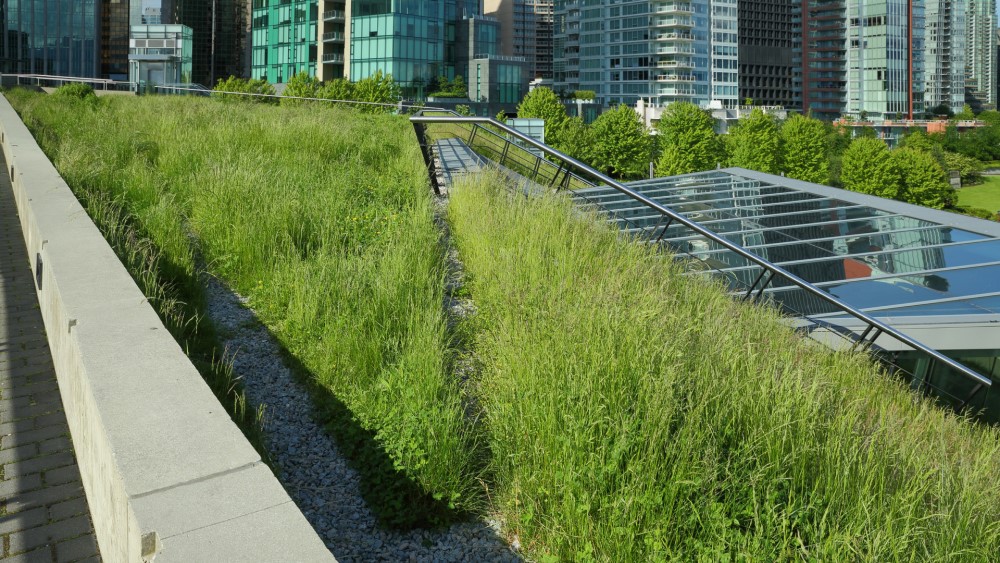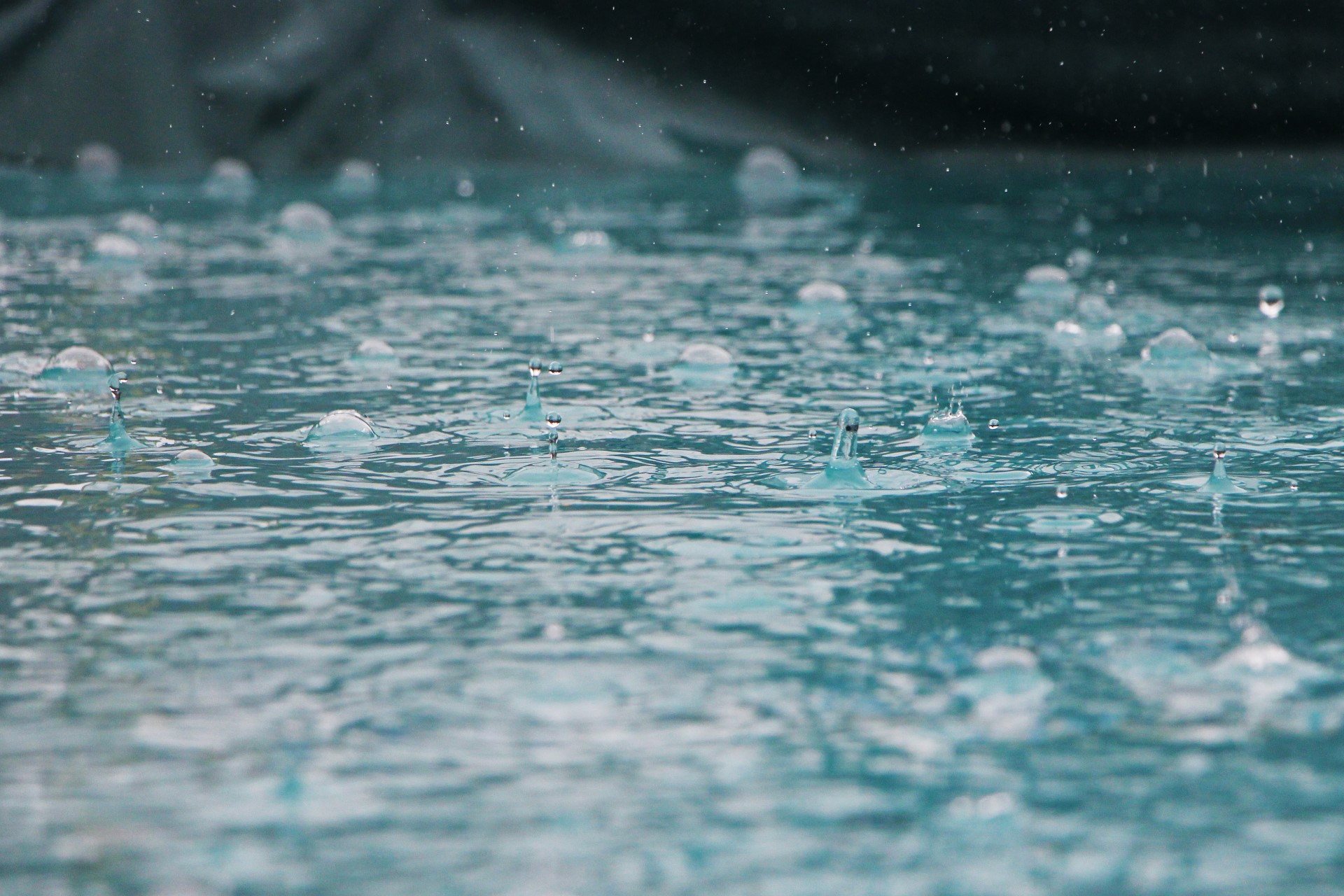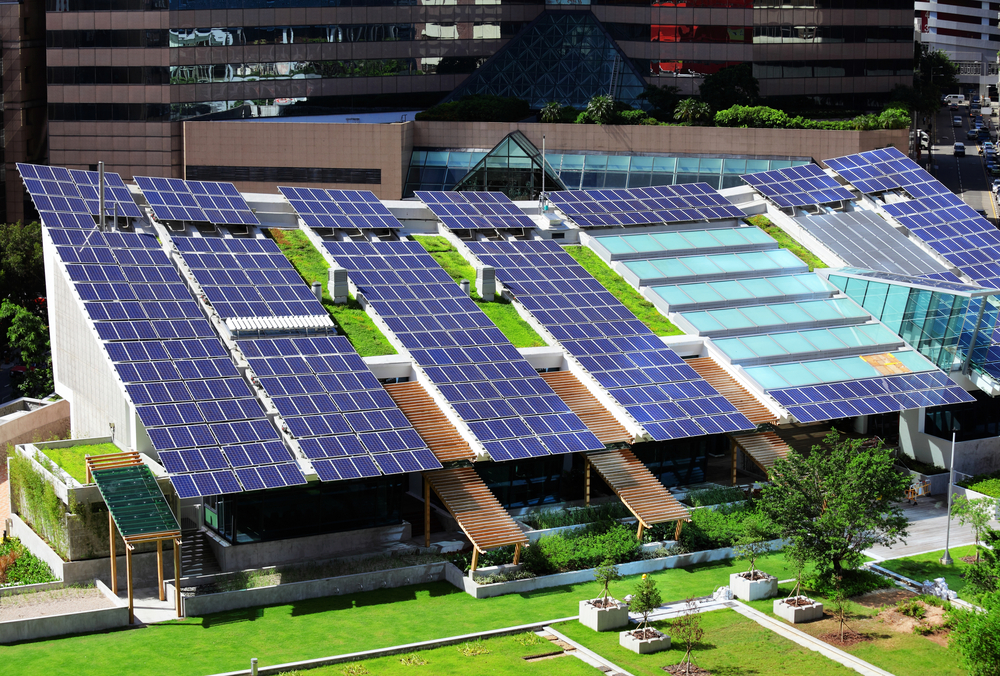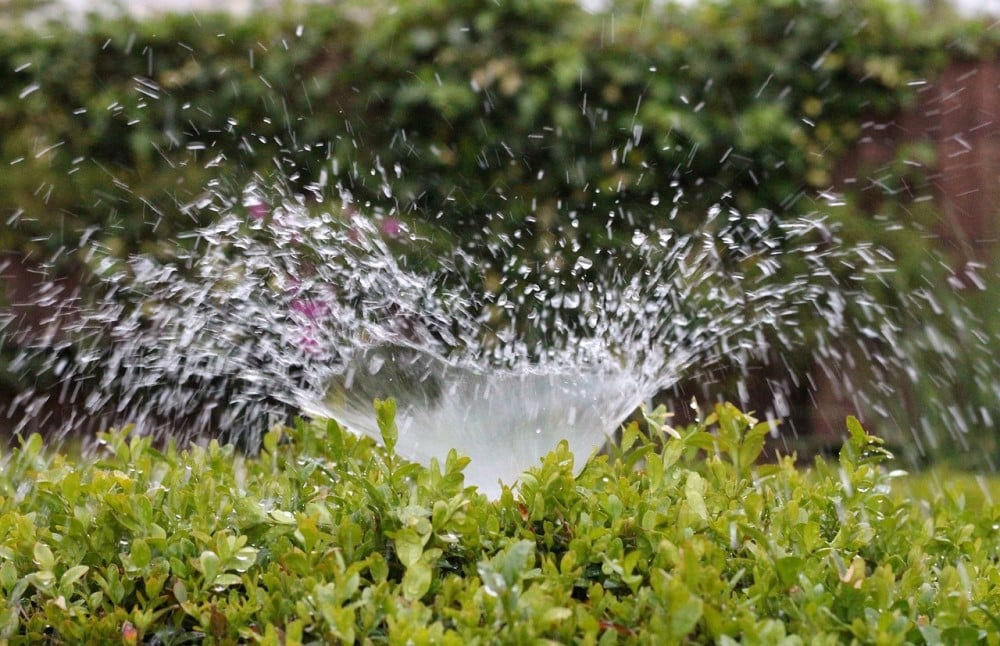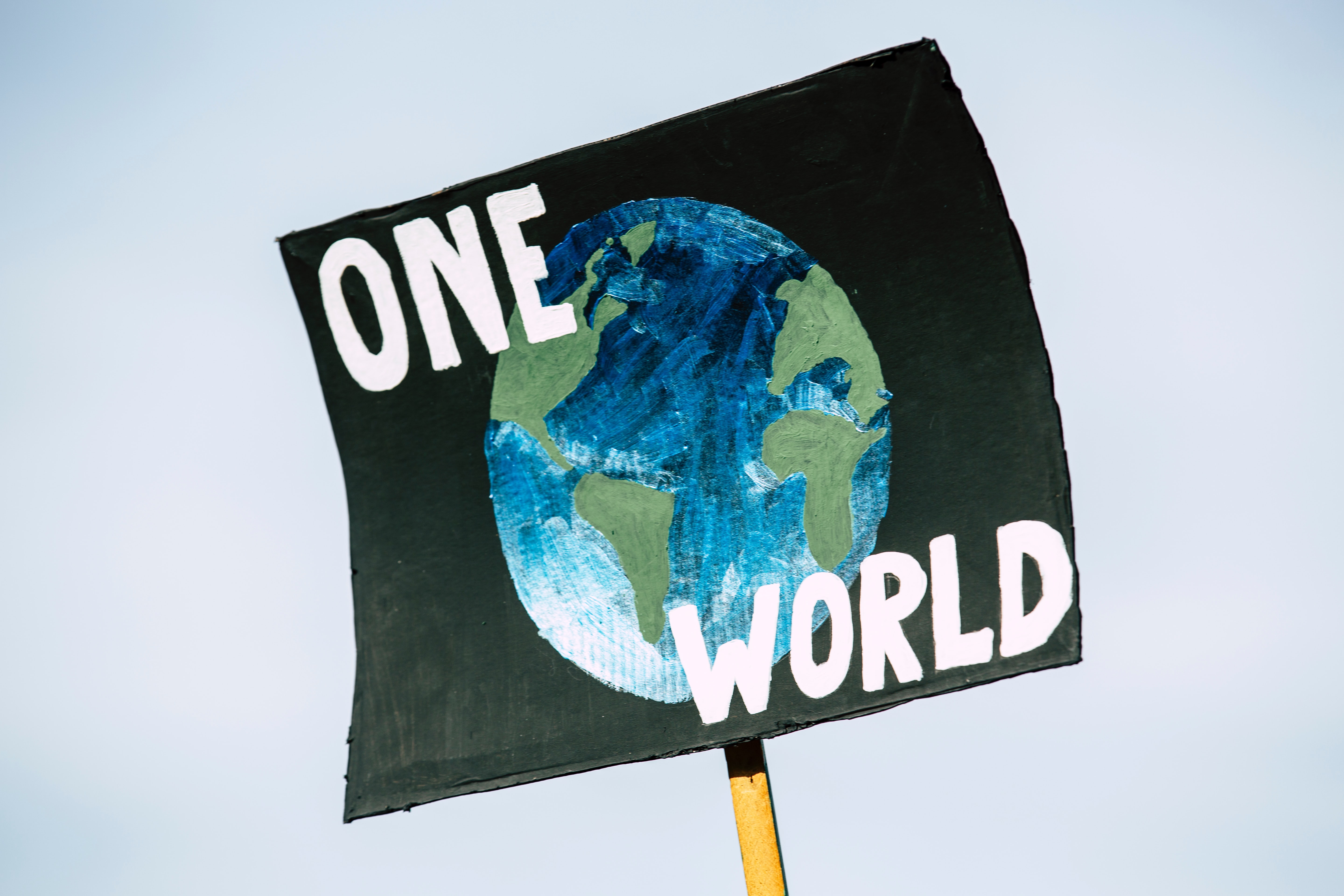If you’re American, there’s a 95% chance you have these invisible, killer chemicals somewhere in your body. They’re called PFAS.
What are these mysterious chemicals, how did they get in our bodies, and what does this have to do with our water supply? Let’s take a look.
It shouldn't be a surprise that in today’s world, carcinogens lurk everywhere. And while we don’t want to freak you out, there’s a particular chemical lurking in the American landscape that we should all know about.
First off, let’s agree to just use the shortened version of the group of chemicals - PFAS.
If you want to know the long version, they are technically called per- and polyfluoroalkyl substances (PFAS). Basically, these are a group of man-made chemicals that have been in use since the 1940s and also include such tongue twisters as perfluorooctanoic acid (PFOA) and perfluorooctanesulfonic acid (PFOS). Not to burden you with too many acronyms, but PFOA and PFOS are important to mention, as they are the two most produced and studied of the PFAS chemicals.
So now that we have the nomenclature all set, what we need to know is that PFAS is used in a variety of industries around the world and in a dizzying amount of consumer products.
Worse, PFAS are persistent in both humans and the environment. Persistent, in the scientific community anyway, is actually a pretty frightening term. It means PFAS builds up over time instead of breaking down. So instead of disappearing or disintegrating with passing years, layer upon layer gets added and sticks around...forever.

